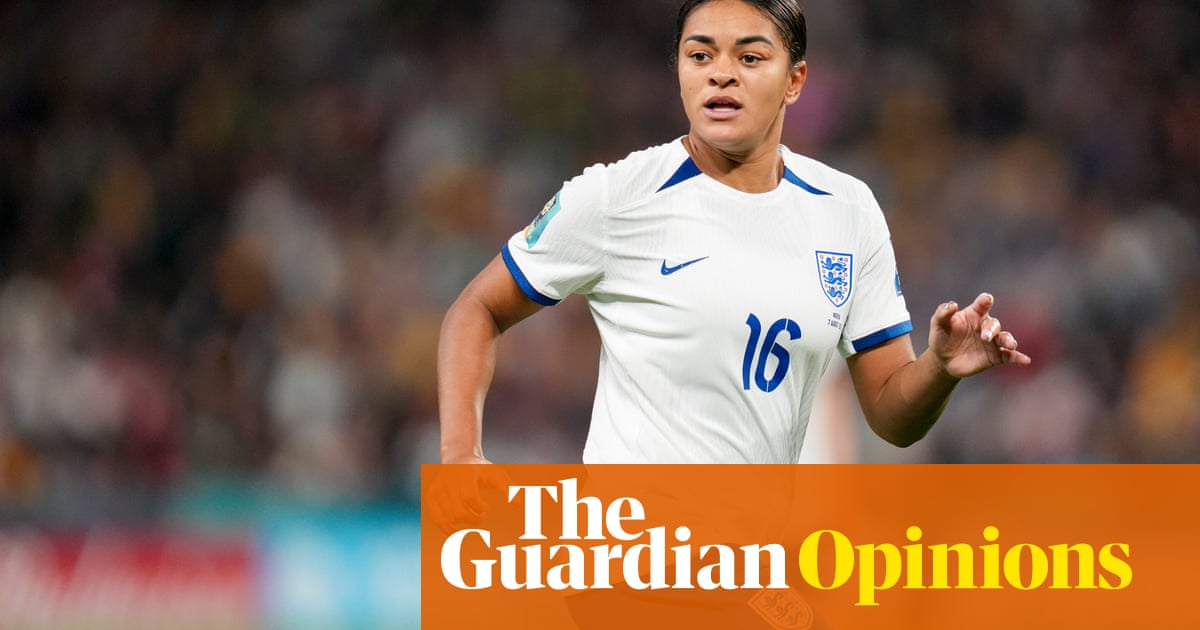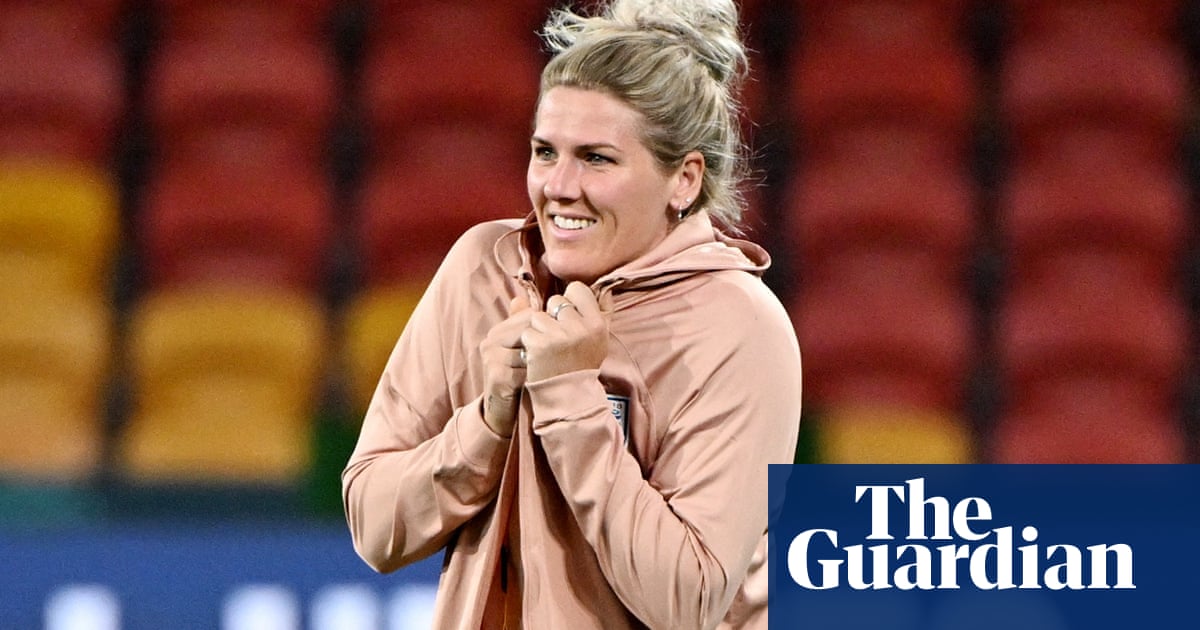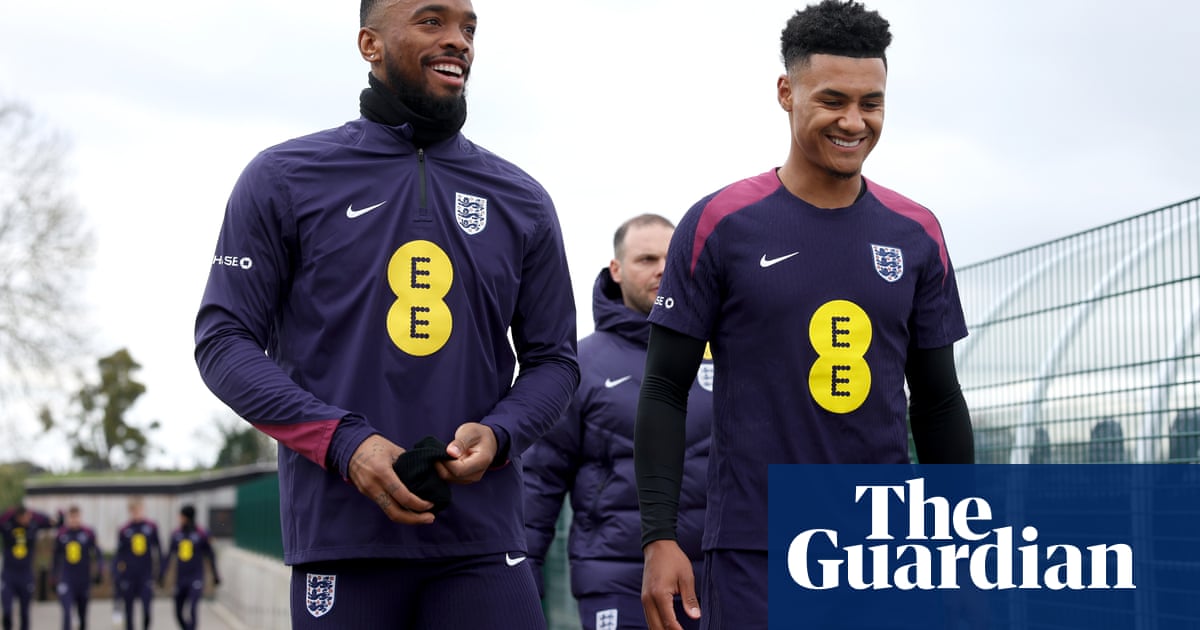
Having taken the long flight from London to Sydney, I’m here to catch the World Cup from the quarter-finals. And when I looked at the final eight, I’d say the four teams with greatest clarity were on the same side of the draw: Sweden, Japan, Spain and the Netherlands. You don’t need to second-guess them, they’re confident and know their roles so well. On the opposite side, each team have improvements to make, including England, where Sarina Wiegman is still searching for the tactics to bring the best from her players.
Availability is so important. England are without the suspended Lauren James against Colombia, just as Australia prepared for the tournament with Sam Kerr as their No 9 but lost her until the closing moments of their last-16 match. Wiegman had gone into the tournament hampered by not having Leah Williamson, Beth Mead and Fran Kirby from the team that won the Euros.
Saturday will require the biggest fix yet. Wiegman solved the team’s balance issues against China by going to a back three, with James the second No 10 offering more options. What became apparent in the Nigeria game is the problem of opposition who have an intense and aggressive player-for-player approach. Colombia bring the fire like no other team in the tournament and I’m really interested to see what formation, personnel and strategy Wiegman chooses to counter that.
A back three led to the best players getting into their best positions. Lucy Bronze and Rachel Daly are more comfortable as attackers than in the full-back positions they played in against Denmark. Millie Bright and Jess Carter regularly play in a back three with Chelsea. If I was preparing the team, I’d probably keep the back three but shift to 3-4-3. That allows players to use each other’s movement but can also help deal with the player-for-player pressures that became so problematic in the Nigeria game. Three forwards allows you to pick players like Lauren Hemp and Chloe Kelly alongside Alessia Russo to get the best from them.
When James got her red card, I described her stamp on Nigeria’s Michelle Alozie on-air as “decision fatigue”. What did I mean by that? I’d explain it this way: when you go for a run with a friend, at the start you can chat away but the more tired you get, you will be less chatty. Your eyesight narrows, your focus becomes more internal than external. And at that point, your decisions are impaired, and so is your impulse control. Such situations usually happen late in games and very seldom earlier when players aren’t so fatigued.
James was marked for the whole match and found it tough. Her game was reduced to making space. But it can be a big moment in her evolution. Before that, she was playing so well that the opposition needed to find a way to stop her. Nigeria did so with man-marking. But never show the opposition your frustration – it sends a signal to future opponents. Overcoming that is the next step in her development.
Having a player sent off is something you can strategise, both for your team going a player down or the opposition losing somebody. You may need a goal or to protect a scoreline. Coaches are often underprepared for playing with a player more. Whereas Nigeria did not have a strategy, England eventually adapted, with a compact shape where Beth England rather than Kelly became the central point up front.
Such things happen at highly stressful moments but they are situations you need to handle with a clear head – and a plan – if you want to go deep in a tournament. England found the means to survive to reach a penalty shootout and win. They were well prepared for the shootout; you could see in the way they shared information and followed protocol in taking deep breaths after the referee’s whistle for the kick. Nigeria looked stressed and hurried.
The question now about penalties is Georgia Stanway, who has missed two from three at the World Cup if you count the one VAR overruled against Haiti. As a coach, it becomes an issue of quality and form. There’s no doubting her quality but her form is weak so as a short-term solution you go with another first-choice taker. In time you can go back to Stanway but against Colombia I would ask someone else to step up.
Colombia will offer a combination of pressing and aggression. As a team they press well with triggers – they cover a lot of ground. They hunt down to the final yard. For the opposition, that’s uncomfortable pressure to play out from. You will get tackled, they will try to intercept the ball, you will have less time and space.
England will face a physicality that Germany, losing 2-1 in the group stage, couldn’t deal with. If it gets into your head, you’re going to find it tough. That’s the key tactical consideration but they also have real talent, with two players I’m really impressed with. The No 9, Mayra Ramírez, has great technique, great work rate and a really good tactical understanding.
The youngster Linda Caicedo, coming in off the left, has astonishing technique and really good decision-making for someone of her age. On England’s right, with Bronze probably up higher, it will often be Carter against Caicedo in one-on-one situations. Carter has been one of England’s best players in the tournament, very solid within a team that have lacked consistency, but Saturday probably needs to be her biggest performance yet.
England have some players who haven’t been fielded yet – Jordan Nobbs, Lotte Wubben‑Moy, Katie Robinson and Esme Morgan – but each player may still have a role to play. This is a squad game. It’s so important to be ready. Things can change from one second to the next.












